Largo di Torre Argentina
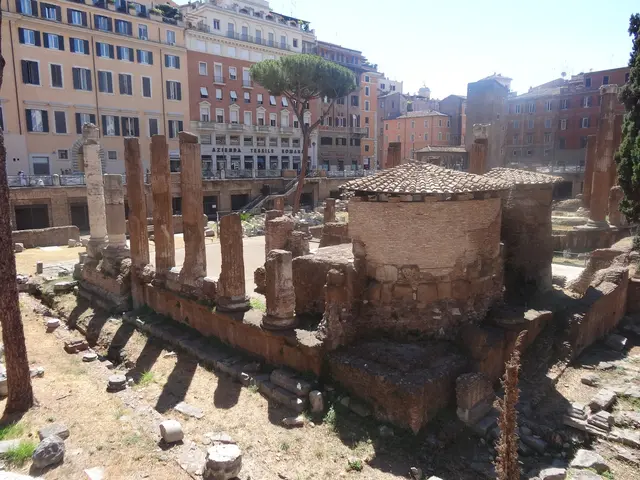
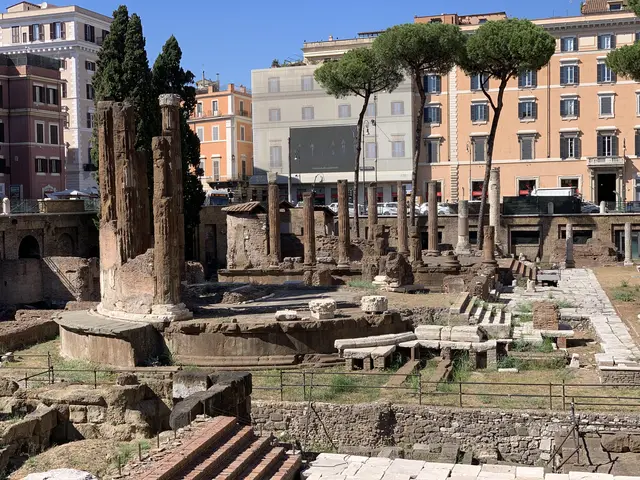
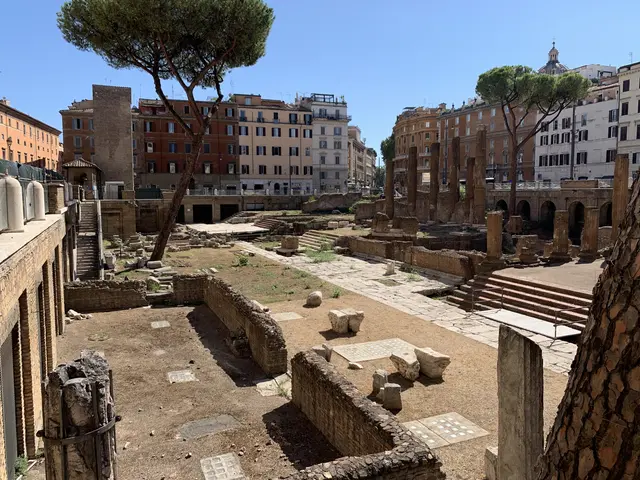
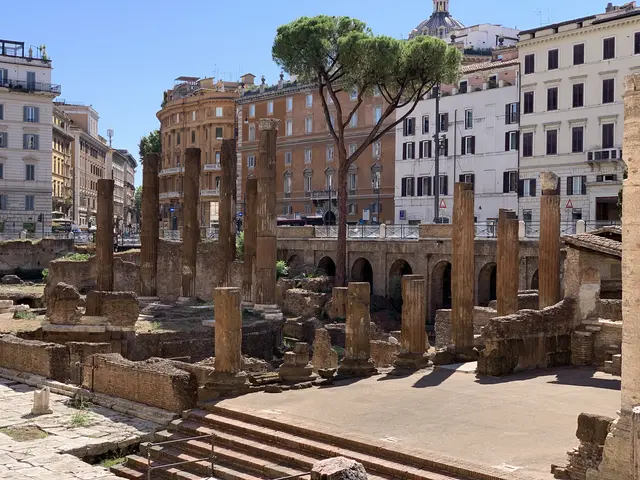
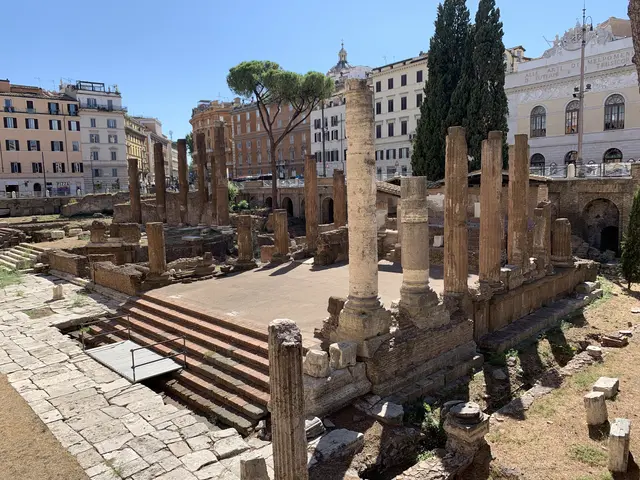
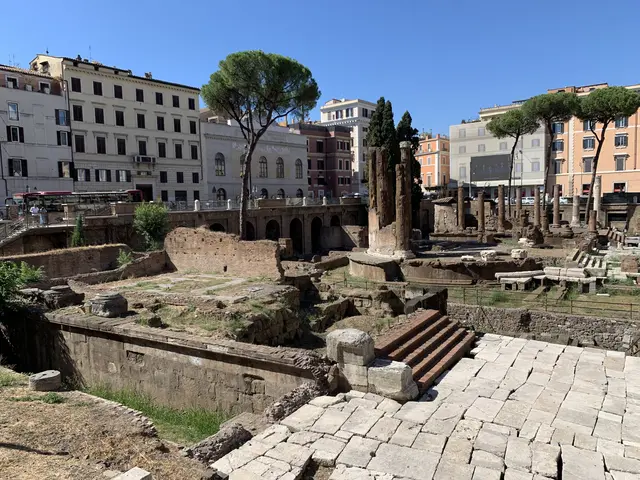
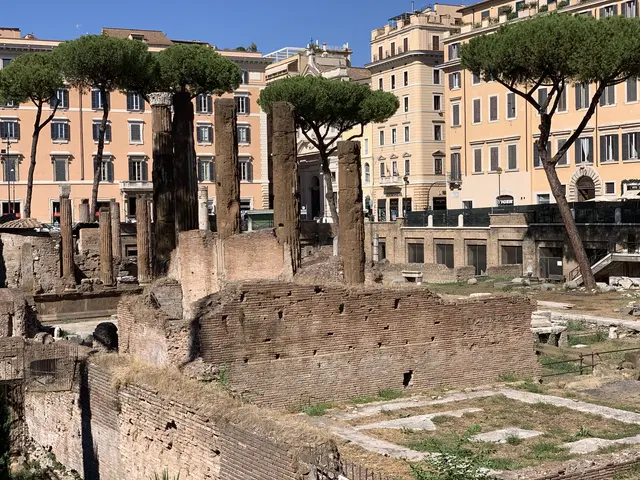
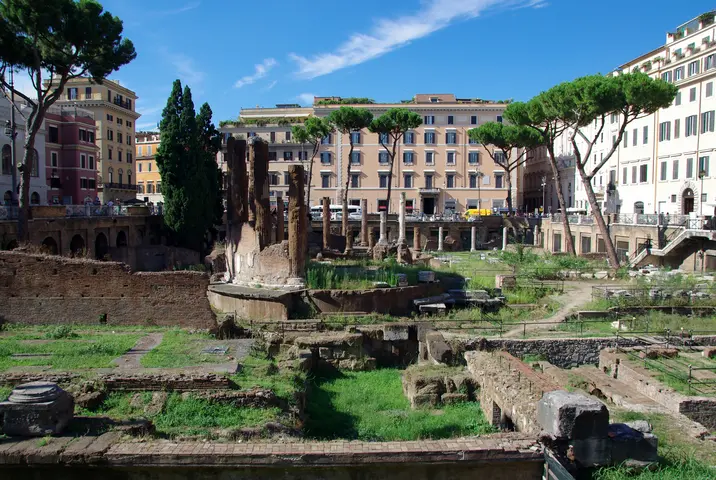
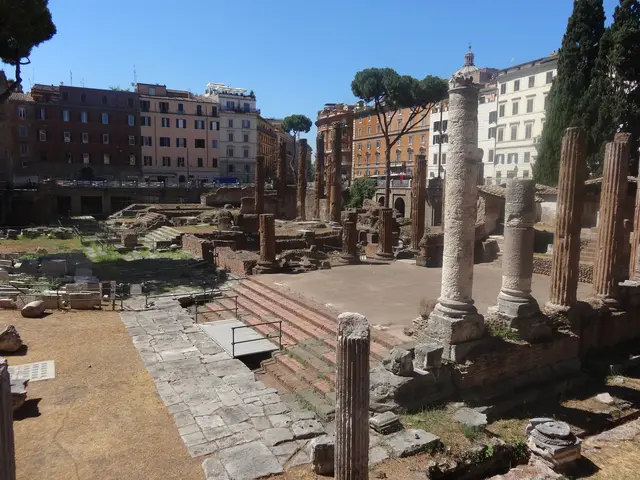

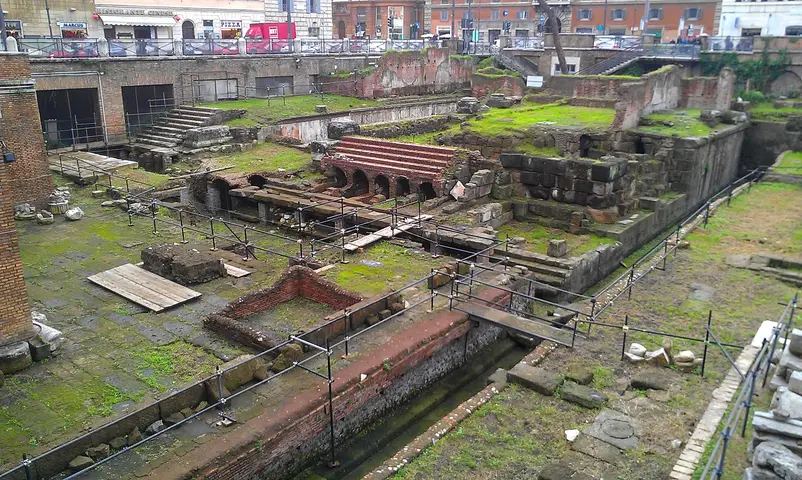
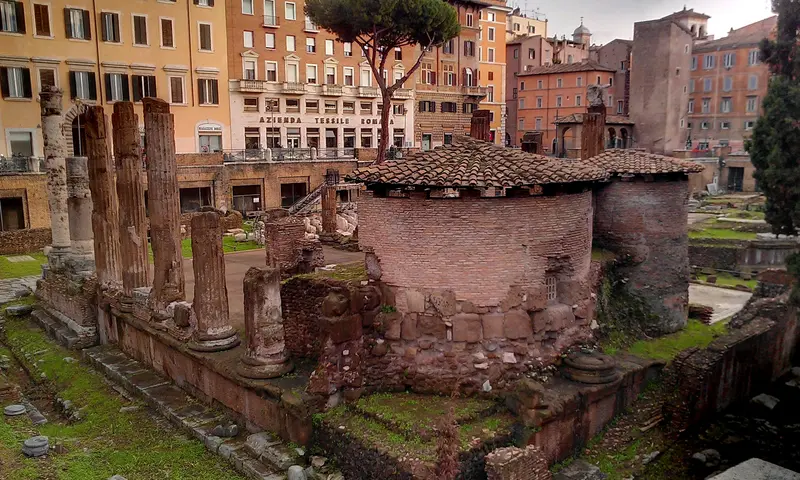
Introduction
Largo di Torre Argentina sits at the heart of Rome, inviting us to explore its layers of history—from ancient Roman temples and Julius Caesar’s final steps to living legends like its famed cat sanctuary. Walk where emperors and everyday Romans once gathered. Today, we can descend into the past and experience the ongoing story that weaves together sacred spaces, remarkable ruins, and the city’s enduring community.
Historic Highlights
🏛️ Temples of Triumph and Memory
Largo di Torre Argentina is renowned for its sunken Area Sacra, home to four Republican-era temples—A, B, C, and D—whose origins trace back to the 3rd and 2nd centuries BCE. These temples, dedicated to deities like Juturna, Feronia, the Lares Permarini, and Fortuna Huiusce Diei, were built as wartime vows using captured treasures. Through time, their function evolved, but their presence always marked Rome’s devotion and political pride.
“Each was a votive temple financed by war booty, reflecting how military success, political prestige, and piety intertwined in Republican Rome.”
— Aulbach & Gorski (2019)
⚔️ The Turning Point: Caesar’s Assassination
It was in this very square, within the Curia of Pompey, that Julius Caesar met his dramatic end on the Ides of March, 44 BCE—a moment etched in world history. This infamous site, soon sealed by the Senate, forever transformed the area’s reputation from a place of worship to the scene of historic betrayal. Even today, visitors stand quietly, pondering the events that changed an empire.
“Classical accounts describe Caesar collapsing at the base of Pompey’s statue... this single event tied Largo Argentina’s locale indelibly to the turning point of Roman history.”
— Main Research
🛠️ Layers of Change and Rediscovery
Centuries brought shifting uses—one temple became the medieval San Nicola de’ Calcarario church, later replaced by a Baroque church. The square’s name comes from a Renaissance tower, built by Johannes Burckardt, whose nickname “Argentinus” renamed the neighborhood. In the 1920s, Mussolini’s push to reveal Rome’s imperial glory led to the excavation of these temples, astonishing both locals and scholars when ancient columns re-emerged from the city’s depths.
🐾 Cats and Community
Today, Largo di Torre Argentina has another draw: its beloved community of cats. Since the 1990s, volunteers have cared for hundreds of feral felines, turning the ruins into a famed cat sanctuary. Locals say the cats are “reincarnated Romans,” blending living tradition with ancient stones. As you walk the new raised walkways opened in 2023, history shares the stage with furry guardians napping atop sun-baked travertine.
💡 Visitor Tip
Plan to visit at dusk for magical light, lively cats, and fewer crowds. Pause at informative exhibits within the Torre del Papito portico, and don’t miss the surprising marble heads found on site.
Timeline & Context
Historical Timeline
- Early 3rd c. BCE – Temple C (Feronia) constructed after Sabine defeat.
- Mid-3rd c. BCE – Temple A (likely Juturna) vowed after Battle of the Aegates Islands (241 BCE).
- 179 BCE – Temple D (Lares Permarini) built, dedicated post-naval victory.
- c. 101 BCE – Round Temple B (Fortuna Huiusce Diei) erected following victory at Vercellae.
- 111 BCE – Major fire; area repaved and temples restored in tufa.
- 44 BCE – Julius Caesar assassinated in the adjacent Curia of Pompey.
- 80 CE – Devastating fire; Emperor Domitian renovates area with travertine paving and columns.
- 4th–5th c. CE – Gradual abandonment and secular reuse of the precinct.
- 8th–9th c. CE – Evidence of monastic community on site.
- 12th c. CE – Temple A converted into church San Nicola de’ Calcarario.
- 15th c. CE – Construction of Torre Argentina by Johannes Burckardt.
- 1732 – Teatro Argentina opera house opens nearby.
- 1926–1929 – Fascist-era excavations reveal temples; archaeological park inaugurated by Mussolini (1929).
- 1994 – Torre Argentina Cat Sanctuary officially established.
- 2023 – New walkways and exhibits make ruins fully accessible for the first time.
Republican Sacrality and Urban Life
The Area Sacra of Largo di Torre Argentina was among Republican Rome’s pivotal civic-religious precincts. Its temples were not merely devotional but asserted state ideology: military victories were immortalized in stone, transforming the space into both a display of power and a communal gathering zone. Each deity—be it Feronia, Juturna, Fortuna Huiusce Diei, or the Lares Permarini—represented Roman aspirations, from fertility and water to the seizing of fortune on critical days. Sacrifices, festival rites, and the annual recollection of triumphs bound citizens together, embedding this place in their collective identity.
Architectural Transformation and Adaptation
Architectural shifts at the site illustrate Rome’s broader transitions. Early reliance on tufa stone gave way to travertine, displaying not just evolution in building technology but the city’s resilience after disasters like the fires of 111 BCE and 80 CE. The contrast of materials within Temple A’s colonnade today remains a visible testament to layered repair and Imperial renewal under Domitian. The repeated function of these temples—as religious hubs, centers for grain distribution, and even offices for administration—reveals the deep integration of sacred and practical needs in the Roman urban fabric.
Continuous Reuse and Cultural Layering
After antiquity, the fate of the site mirrored Rome’s ever-changing spiritual landscape. Medieval Christians founded a parish within Temple A, weaving together old and new pieties. Nobles, monastics, and artists reused the site’s robust Roman core for dwellings and worship, while Renaissance antiquarians speculated about its ancient grandeur. The area’s toponymy, linked to the Strasbourg-born Burckardt’s 15th-century tower, and relics like the Torre del Papito, add further medieval texture to a distinctly Roman scene.
Modern Excavation and Heritage Policy
Twentieth-century urban renewal dramatically reshaped Largo Argentina. Fascist leaders such as Mussolini spotlighted these excavations to advance nationalist ideology, stripping away post-ancient layers. Photographic archives reveal how, between 1926 and 1929, structures standing for centuries gave way to archaeological rebirth. Unlike sites integrated into later churches (e.g., San Nicola in Carcere), Largo Argentina emerged as a ‘pure’ Republican park—a living classroom illuminating Rome’s ancient roots and 20th-century ambitions alike.
“Cat Forum” and Living Heritage
In recent decades, the site’s resonance has expanded beyond ancient and scholarly circles. The establishment of the Torre Argentina Cat Sanctuary layered a humanitarian mission atop archaeological stewardship. When officials threatened eviction, the ensuing public outcry demonstrated that Romans see not only stones and statutes as heritage but also living communities—human and feline. This intersection of preservation, community activism, and animal welfare highlights an evolving, inclusive concept of cultural legacy.
Comparative Reflections
Largo di Torre Argentina stands as both an archaeological keystone and an exemplar of Rome’s multilayered identity. By comparison, sites like the Forum Holitorium and Forum Boarium embody similar themes—victory temples, later church conversions, adaptive reuse—but each locale’s afterlife reflects historical values and choices. The deliberate exposure of Largo Argentina’s Republican temples, versus the palimpsest of church-embedded sanctuaries elsewhere, marks an ideological and methodological distinction central to the modern field of heritage management. Such sites collectively reveal how Romans—ancient and modern—adapt, repurpose, and cherish the monumental expressions of their past.